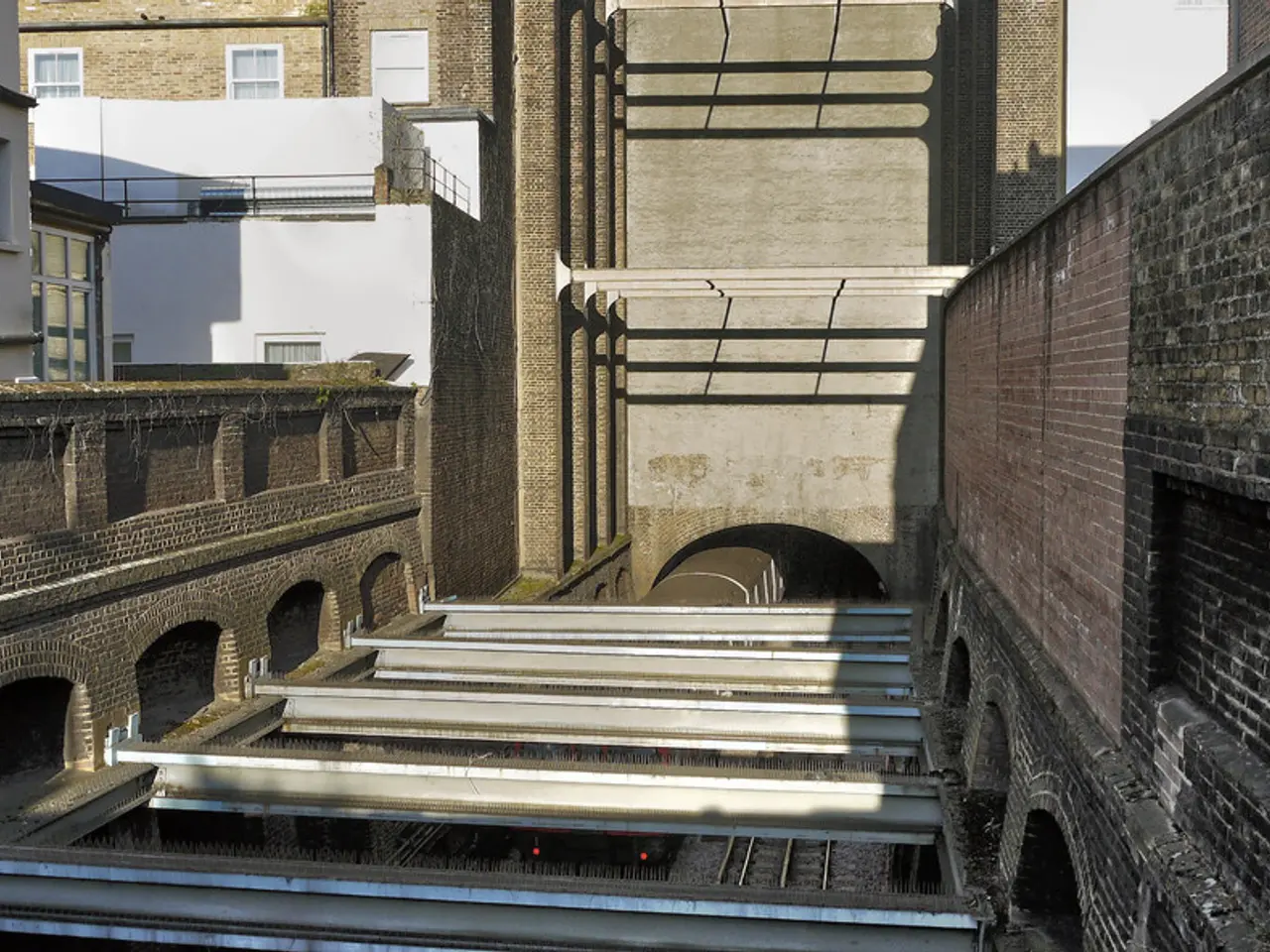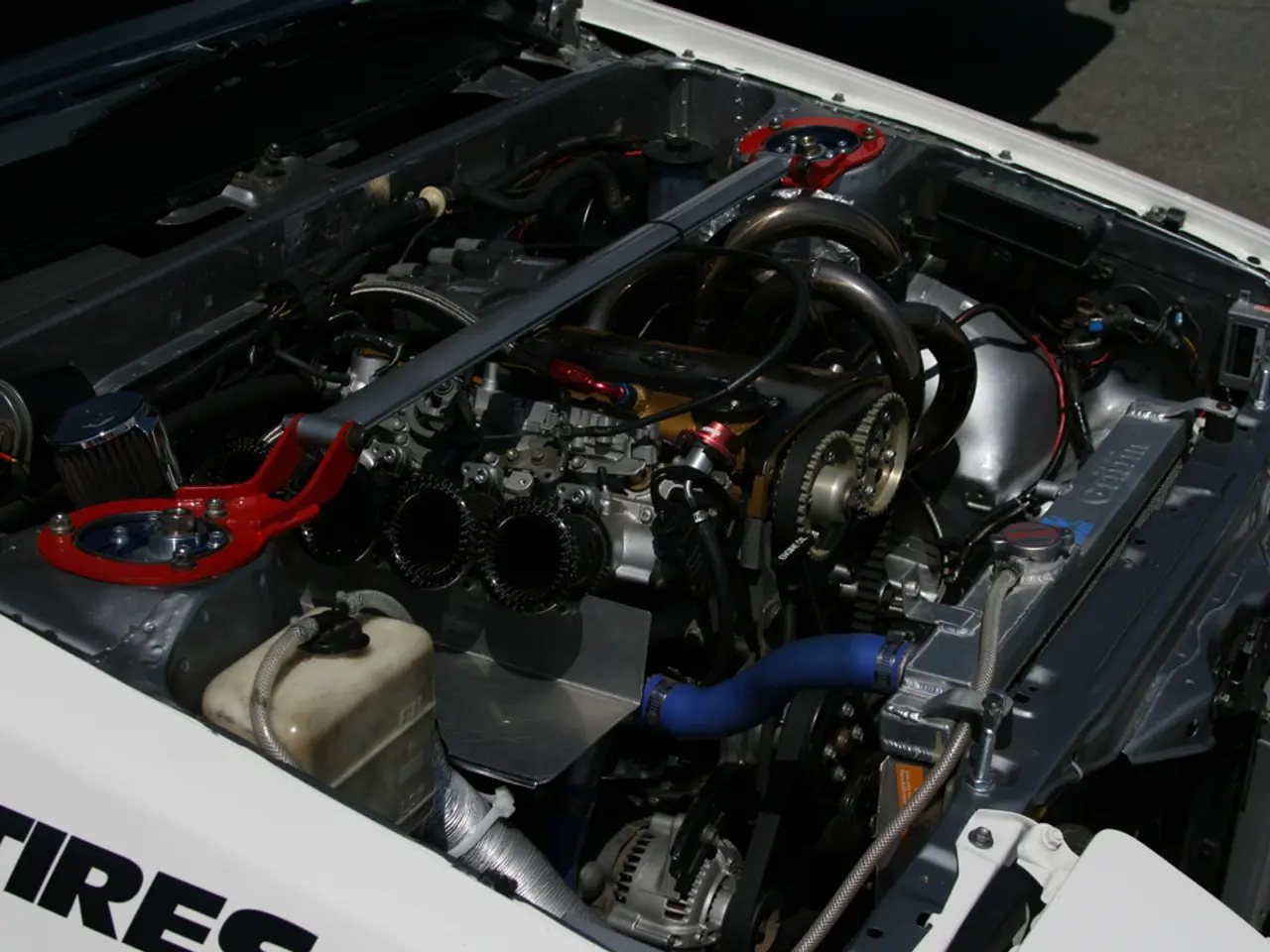Pondering the feasibility of constructing a tunnel beneath the Atlantic Ocean?
The idea of a trans-Atlantic tunnel connecting New York and London has been floating around for years, but it remains a distant dream due to a multitude of engineering, logistical, and funding challenges.
Engineering Challenges
The sheer scale of the project is daunting. A trans-Atlantic tunnel would stretch over 3,400 miles (5,500 km), far surpassing the world's longest undersea tunnel section, the Channel Tunnel, which is 23.5 miles (37.9 kilometers) long. Current tunneling technology is not designed for such enormous distances under deep ocean conditions, making construction timelines potentially extend to centuries.
Logistical Challenges
Coordinating such a massive project across international borders with differing regulatory regimes adds complexity. Existing high-speed underground transit projects, like Elon Musk’s Hyperloop, remain experimental and have not demonstrated feasibility on even much smaller scales. The logistics of ventilating, powering, and transporting workers for a trans-Atlantic tunnel pose significant challenges.
Funding Challenges
Estimated costs for similar high-speed transit initiatives run into tens or hundreds of billions of dollars. Musk’s trans-Atlantic tunnel concept is projected at around $20 trillion—orders of magnitude greater than any infrastructure project ever attempted. Given the enormous cost and catastrophic risk of a single leak, funding a trans-Atlantic tunnel would be nearly impossible.
Technological Challenges
With conventional rail speeds, the trans-Atlantic trip would take around 15 hours. However, current technology does not support vacuum trains traveling at 5,000 mph (8,000 km/h). Tunnel boring machines are slow, and a trans-Atlantic tunnel would take hundreds of years at current speeds.
There are some technological innovations that need to be developed to overcome these challenges. For instance, water pressure is a significant challenge in undersea tunnel construction, with the world record for water pressure faced by a tunnel boring machine being 15 bars. The Atlantic Ocean is more than 27,000 feet (8,000 m) deep, posing extreme water pressure issues for a trans-Atlantic tunnel.
In conclusion, building a trans-Atlantic tunnel connecting North America and Europe is not currently feasible with existing technology. Although incremental progress in tunneling technologies and transportation infrastructure continues worldwide, a trans-Atlantic tunnel remains a visionary idea rather than a realistic near-term project.
[1] "Trans-Atlantic Tunnel: A Visionary Idea, Not a Near-Term Reality." (2021). www.engineering.com
[2] "The Challenges of Building a Trans-Atlantic Tunnel." (2019). www.bbc.com
Despite the advancements in science, technology, and finance, the challenges in constructing a trans-Atlantic tunnel persist. The engineering, logistical, and funding hurdles, combined with the need for technological innovations, suggest that this visionary idea will not transform into a near-term reality anytime soon.




